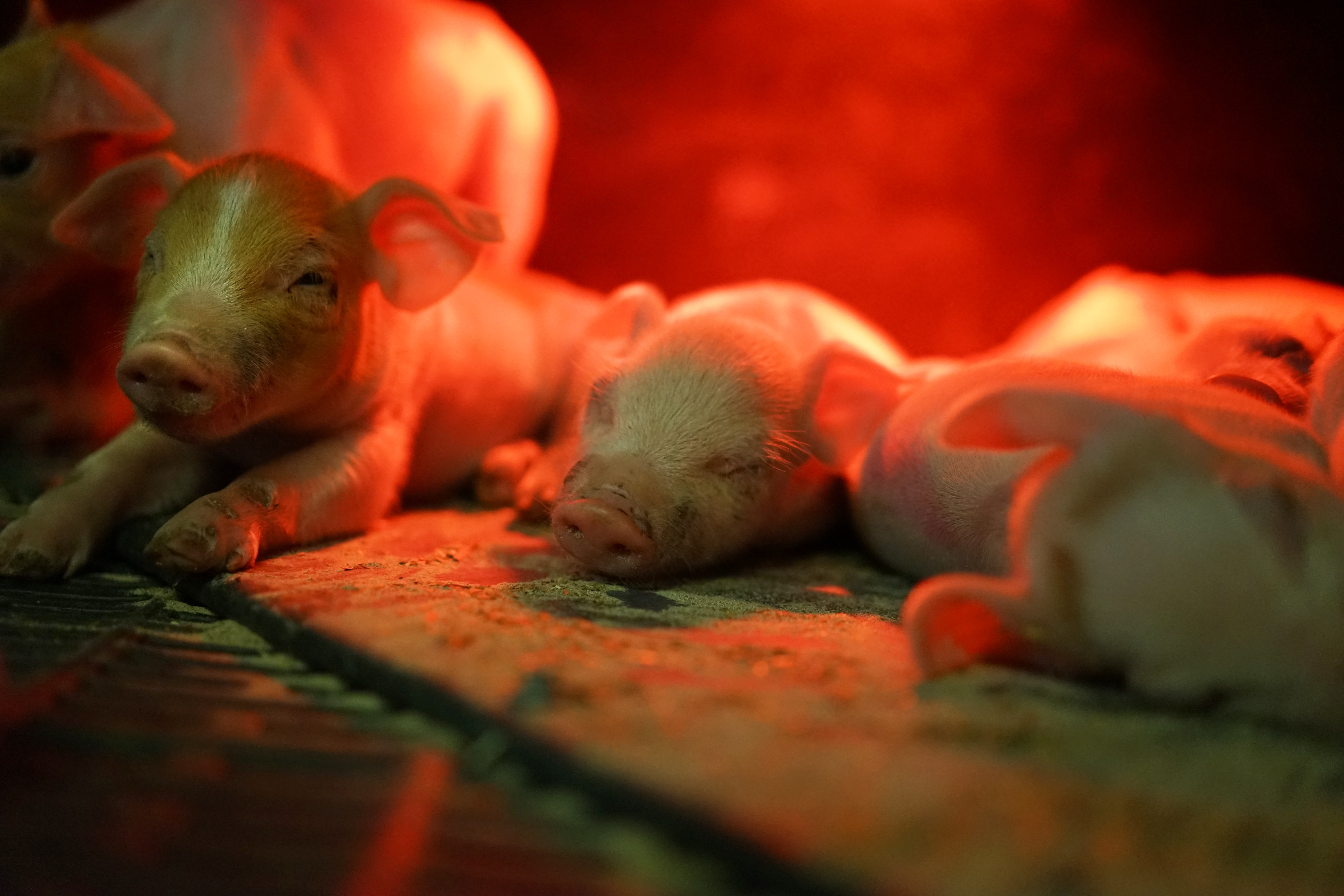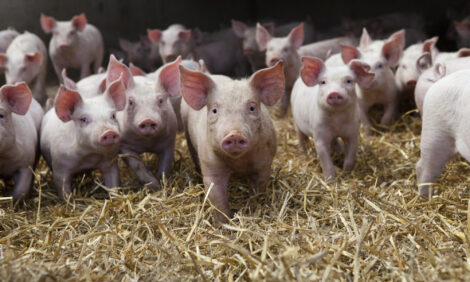



New study determines key steps to identify piglets most at risk from pre-weaning mortality
The study, published in Porcine Health Management, investigates the associations between blood-glucose levels, intrauterine growth restriction and pre-weaning mortality.Conducted by researchers at the Norwegian University of Life Sciences in Oslo, the aim of the study was to investigate the associations between blood-glucose levels in one-day-old-piglets (ODOP), intrauterine growth restriction (IUGR) and pre-weaning mortality in a commercial piglet-producing herd in Norway.
Piglet mortality continues to be a "huge, multifactorial welfare problem" in Europe - two of the main causes being trauma and starvation. Most piglet deaths occur in the 72 hours postpartum meaning this period is the most critical to the survival and development of a piglet.
Addressing piglet mortality will address multiple welfare issues and will also be of great economic benefit for any producer struggling with pre-weaning mortality.
Colostrum is vital for piglets for both energy supply and immunity. If piglets do not feed, blood-glucose levels will decrease to hypoglycemic levels (blood glucose < 2.2 mmol/l) within 24 to 36 hours. Hypoglycemic piglets will become lethargic, weak and in severe cases, this will result in coma or death. The current study calls into question the associations between blood-glucose levels in young piglets and the incidence of pre-weaning mortality.

The study
- Conducted in a commercial pig herd in Eastern Norway, January 2017.
- The herd consisted of 110 sows, split into two batches, with farrowing every 11th week.
- During gestation, the sows were loose-housed in groups, with deep straw bedding. Pens had self-closing feeding stalls.
- A few days before expected farrowing, the sows were moved from the gestation unit into two identical farrowing units.
- The farrowing pens were non-crated pens 2.2 × 3.0 m.
- Data was collected in the daytime during the seven days when sows were expected to farrow.
- 55 sows farrowed and piglets were blood-sampled, ear tagged, weighed and measured within 24 h after birth.
- Of the sows, 12 were 1st or 2nd parity, 9 were 3rd parity and 10 were 4th parity or older.
- 426 live-born piglets from 31 litters were included in the study.
- Piglets were given an IUGR-score (1–3) based on head-morphology where a score of 3 is defined as an intrauterine growth restricted piglet.
Key results
- Of the 426 live born piglets, 391 piglets survived until weaning, resulting in 8.22 percent pre-weaning mortality.
- Mean piglet weight in ODOP was 1.59 kg and mean blood-glucose level was 5.48 mmol/l
- IUGR score 3 piglets had lower blood-glucose levels compared to normal piglets (IUGR score 1).
- Male piglets had significantly higher blood glucose levels compared to females.
- One trend indicated that blood-glucose levels in individual piglets were lower in large litters with − 0.07 mmol/l per extra piglet born.
- Piglets with blood-glucose levels in the second quartile had reduced risk of pre-weaning mortality compared to piglets with blood glucose in the lower quartile.
Conclusion
This study identified IUGR to be associated with low blood-glucose levels in ODOP. It also found increased pre-weaning mortality in ODOP with low blood-glucose. By identifying IUGR piglets by the shape of their head, piglet producers may reduce pre-weaning mortality by making sure these piglets get enough colostrum, milk or supplement feeding (ie energy).
| References | ||||
|---|---|---|---|---|
| Trude Staarvik, Tore Framstad, Mina Heggelund, Sunniva Brynjulvsrud Fremgaarden and Camilla Kielland | ||||
| (2019) | Blood-glucose levels in newborn piglets and the associations between blood-glucose levels, intrauterine growth restriction and pre-weaning mortality. Porcine Health Management | 5:22 |









